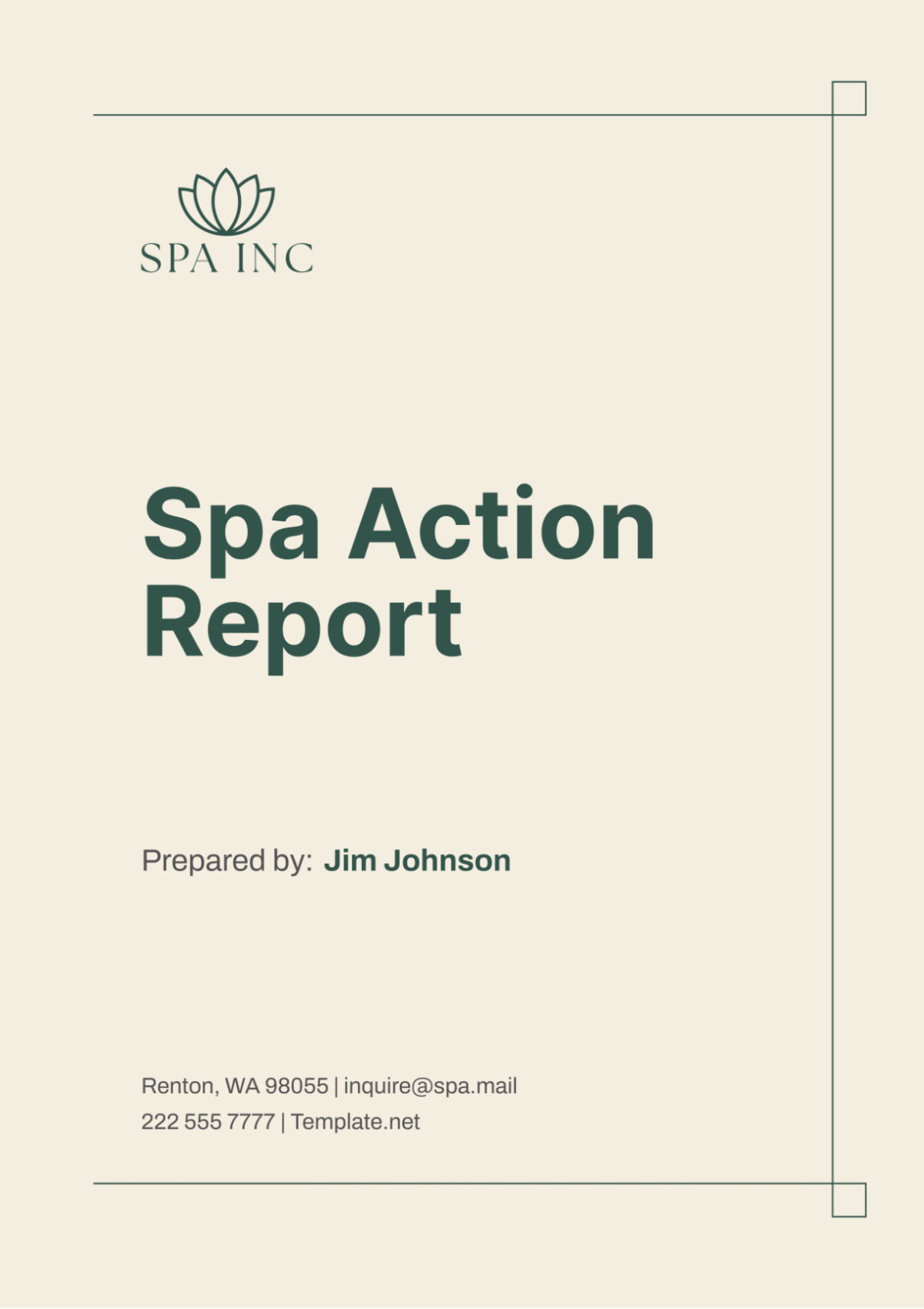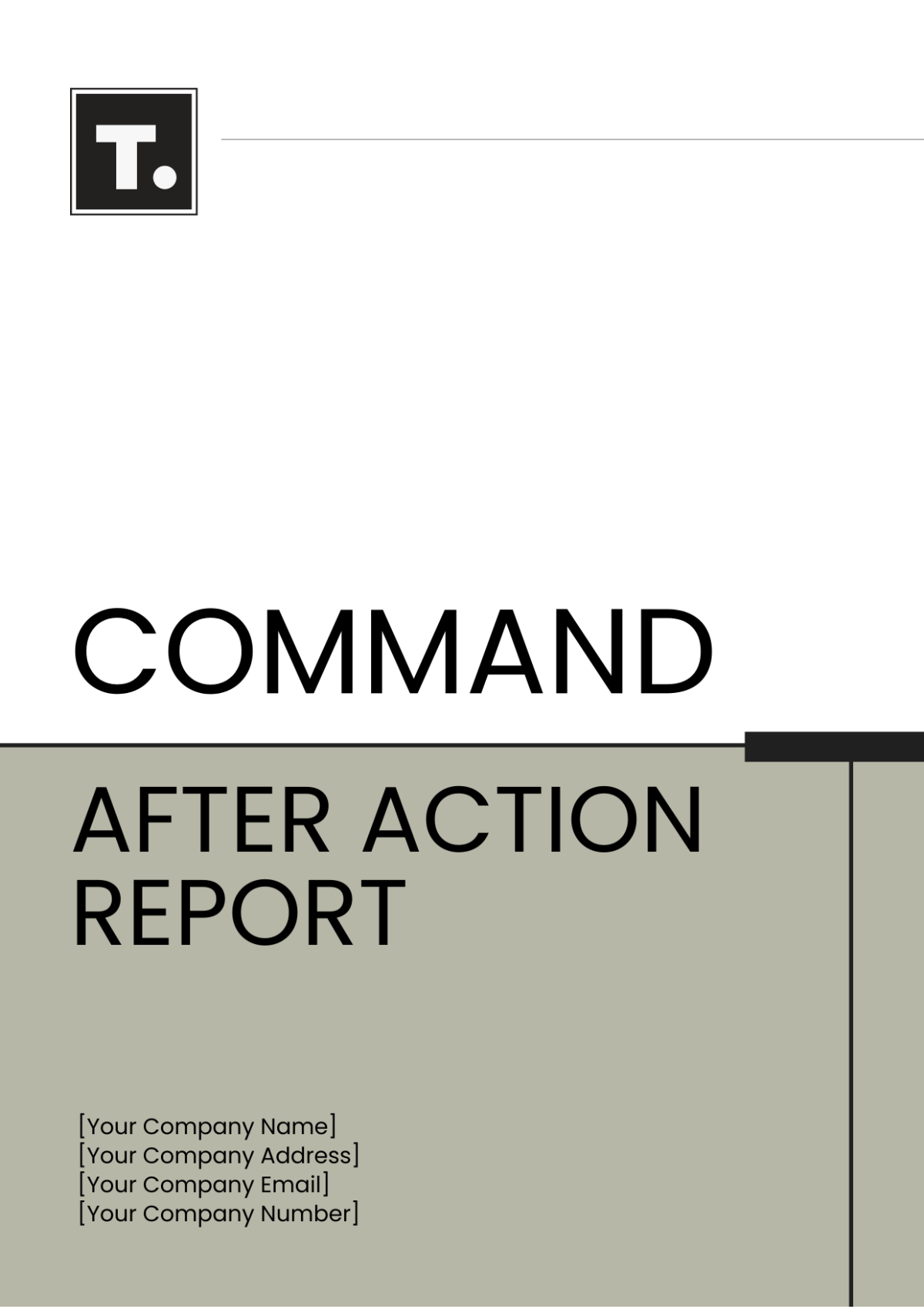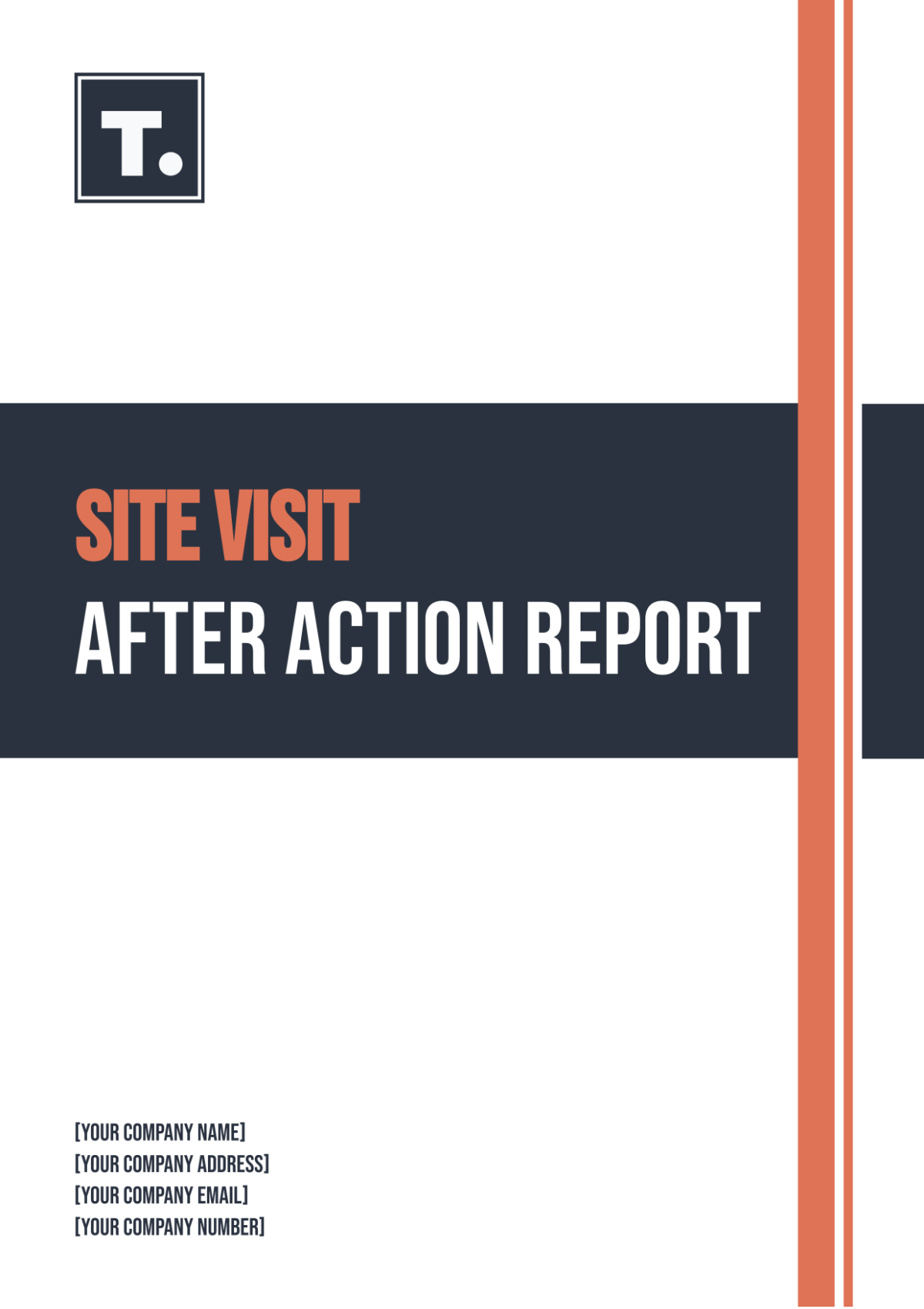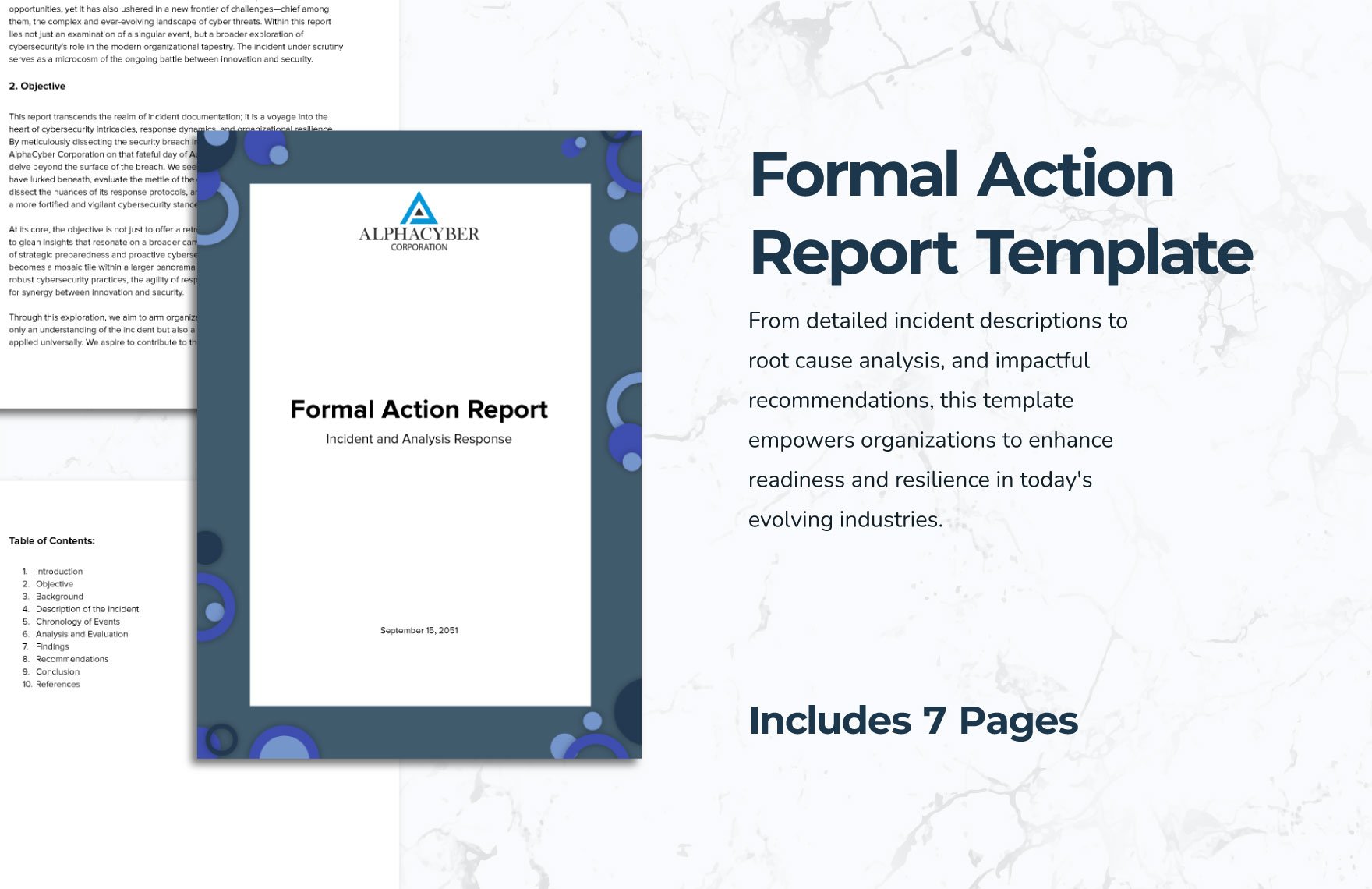An after-action report, or action report for short, is written documentation of actions taken during a situation or training, their results, a comparison of the expected and actual results, and suggestions for improvement in the future. When done right, an action report provides insight as to what the company lacks and needs, as well as what must be improved. However, an incorrectly done report will just portray a failed project and a series of fingers pointing. So how do you avoid the negatives of a poorly written action report? Here are a few tips:
1. Have Set Objectives
In an action report, it is important to first establish the "predicted outcome" or the objective of the sample report. This is important as the objectives set the basic comparison of what was expected and what actually happened.
2. Provide Comprehensive Findings
The findings, or "actual outcome," must be observable and detailed. They must thoroughly describe what happened, who was involved, the factors that lead to the circumstance, and the aftermath. Lack of detail in any of the mentioned parts could lead to faulty data and inconsistent findings. To make things more simple, try to arrange the findings into categories like the expected outcome being the outcome predicted and, therefore, creates progress report, the outcomes that need refinement or outcomes that need to further develop, and the irrelevant outcomes or outcomes that are still important details but cannot be connected to the desired outcome.
3. Analyze Findings
Now that you have the findings, it is time to meticulously analyze each one. The goal of the analysis is to extract all relevant information from the actions taken that can be used to further develop future work. Information you are looking for can include the reasoning behind taking a specific course of action, how effective or ineffective it was, whether it yielded the desired results, and can it be further enhanced or should it just be considered irrelevant.
4. Include What Can Be Further Developed…
Once the findings have been analyzed, compare them to the objectives you have set so you can observe what necessary changes must be made. You can also include ways to further develop the project plan for the future by comparing data recently gathered—which courses of action were effective now and can be further developed to be more effective in the future, which were not very effective and need to be further developed or disregarded altogether, and what actions could've been more effective in the situation.
5. …As well as What Needs Remedial Actions
Continuing on the last step, remedial actions are actions that could've been done and would have probably yielded better results than the ineffective actions in the findings. These actions can be brought up as a means to remedy the mistakes and undesired actions observed during the findings and help improve the project plan overall in the future.





























